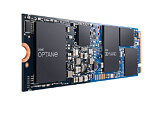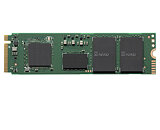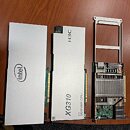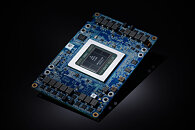
Intel Showcases 11th Gen Core Rocket Lake-S CPU vs Undisclosed 12-core AMD Ryzen, Boasts of Higher Average Framerates
Intel has apparently taken the CES opportunity to showcase its upcoming Rocket Lake-S CPU in gaming against one of AMD's best mainstream CPUs, packing 12 cores - although the specific model remains undisclosed. Geeknetics shared screen-grabs from the demo, done inside Metro Exodus, where the undisclosed Intel 8-core Rocket Lake-S is shown achieving higher average frame-rates compared to the AMD solution (an average of 156.54 FPS for Intel, against 147.43 FPS for AMD). The CPUs were paired with an NVIDIA RTX 3080 graphics card - and in case you're wondering whether NVIDIA's Resizable BAR capabilities have been activated for this Rocket Lake-S system, no information on that was available at time of writing (the question is raised since Intel has already announced support for the feature with NVIDIA GPUs on Tiger Lake-H).






























